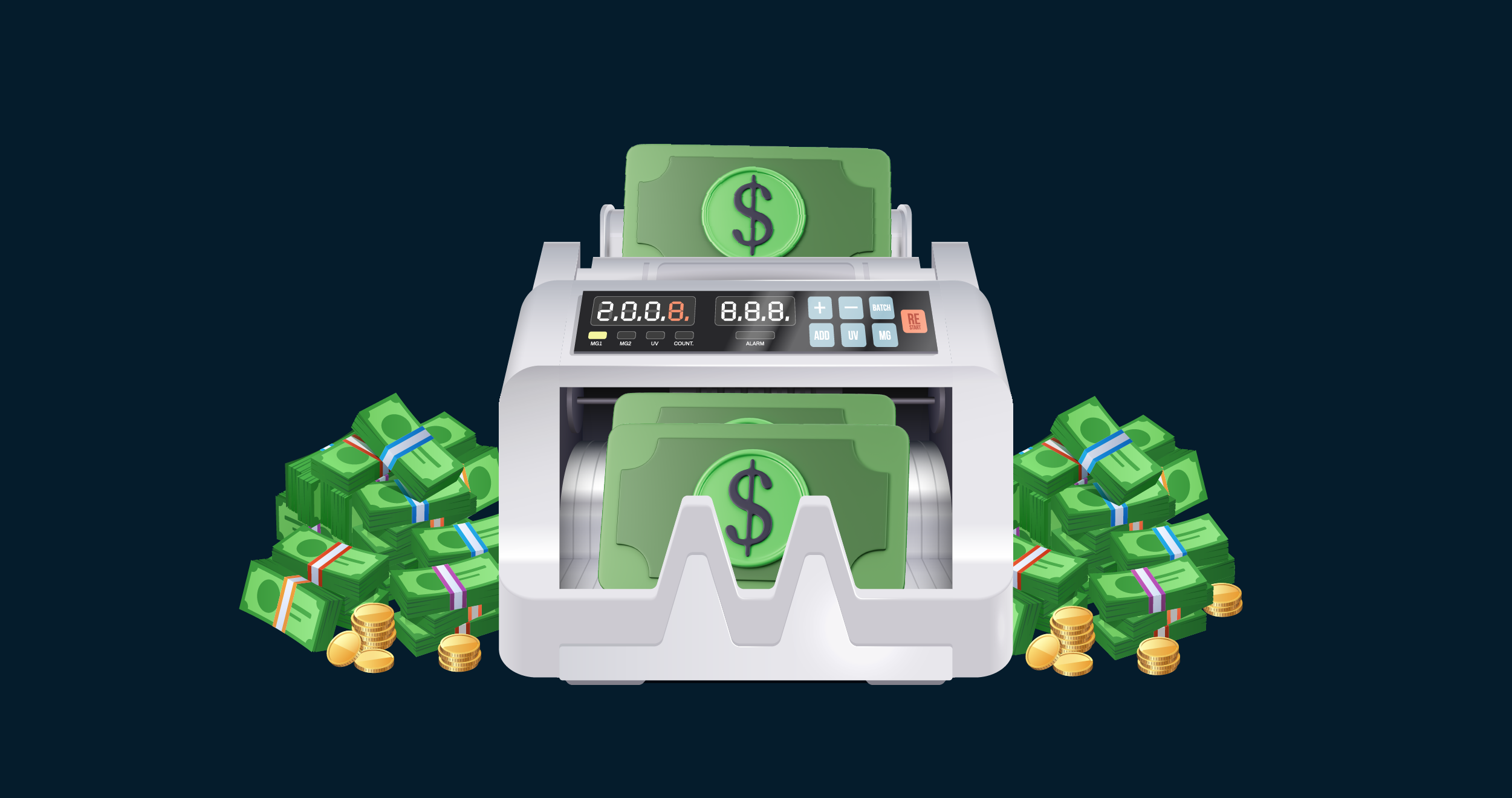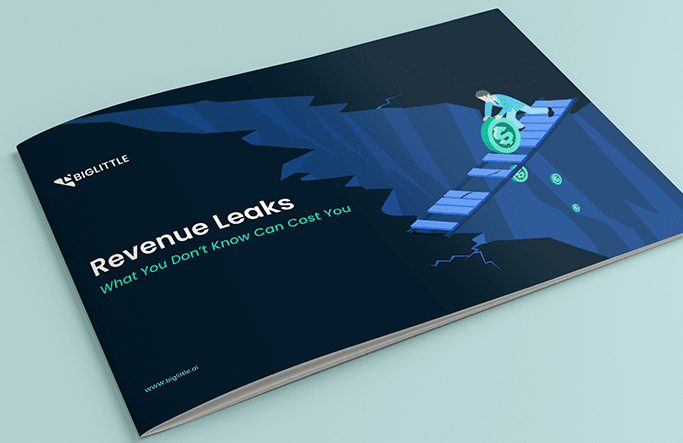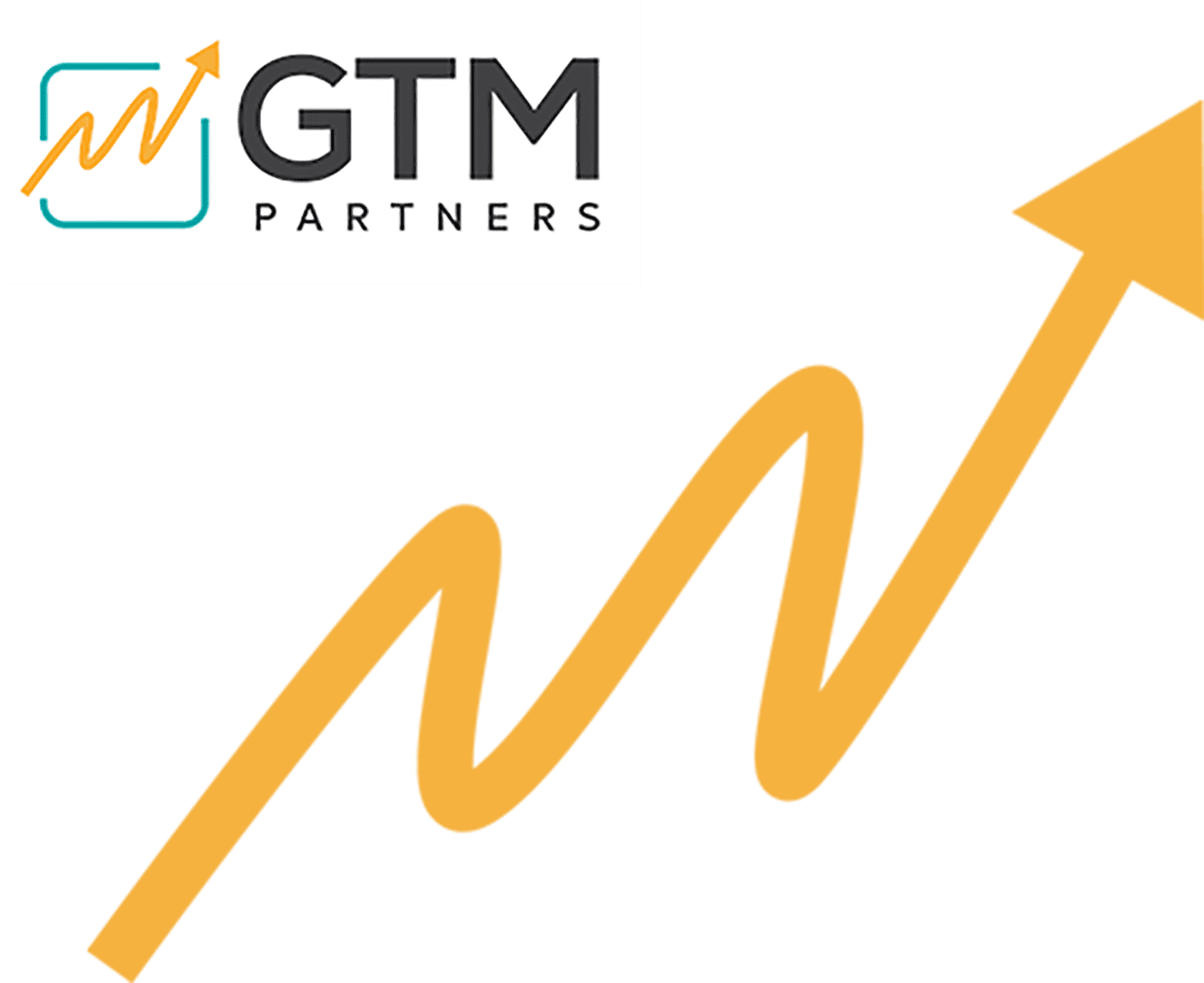Expanding the Revenue Assurance Imperative with End-to-End Revenue Leakage Mitigation
Drive business success by embracing revenue assurance and optimize revenue streams.
- July 25, 2023
Table of Contents


Expanding the Revenue Assurance Imperative with End-to-End Revenue Leakage Mitigation
Service providers operate a tightly-run low margin business. With the volatility from the pandemic and subsequent market correction, it is more important than ever to watch incoming opportunities closely to maximize conversion to revenue. Revenue assurance is a market category that has come into being to help service providers achieve the above through accurate tracking of revenue accrued for services rendered. With the advent of next-gen revenue leak mitigation technologies in recent years, organizations have an opportunity to reinvigorate their strategies for revenue assurance strategies and maximize revenues and margins. This blog discusses how the revenue assurance market can benefit from adding revenue leak mitigation to their solution portfolio.
What is revenue assurance?
According to Gartner, “Revenue assurance is the application of a process or software solution that enables a communications service provider (CSP) to accurately capture revenue for all services rendered.” Rather than correct errors that lead to customer under-billing after they occur, or not detect it at all, revenue assurance solutions look to find and correct data inconsistencies across the tech stack before it reaches the billing system. Revenue assurance is used across a number of service provider industries including telecom, healthcare, financial services, retail, transportation, etc. All these industries are characterized by large numbers of consumers and complicated pricing, leaving room for billing errors and resulting revenue leakage.
Revenue assurance is a proactive solution to prevent or resolve issues that cause revenue leakage in an organization. The solution ensures accurate charging, billing and accounting of all revenue generating events from customers and partners. The scope of revenue assurance can be broad and may vary depending on the type of organization and industry, but generally, it includes the following:
- Fraud detection – identifying fraudulent transactions, chargebacks, or other types of financial fraud.
- Billing Accuracy: ensuring that customer invoices are accurate and reflect the services actually provided by monitoring the entire billing process, from data collection to rating and charging.
- Charging – validating that the correct charges are applied to customer usage of services, ensuring that no undercharging or overcharging occurs.
- Contract Compliance: ensuring that business agreements and contracts with partners, customers, and suppliers are adhered to and that all revenue-sharing arrangements are properly executed.
- Inventory Management: managing inventory and preventing losses due to theft, damage, or inaccuracies in stock levels in industries that involve physical products.
Revenue Assurance for Revenue Leakage Mitigation
In an era of complex business models, multi-tiered services, and dynamic pricing, managing revenue streams can become a challenging task. Revenue assurance was created to help service provider organizations prevent losses from underbilling and improve customer satisfaction and trust at the same time. But the solution has an opportunity to go beyond that.
- Validating the cost-effectiveness of customer acquisition efforts to maintain a healthy CAC to LTV (Lifetime Value) ratio, which is crucial for business profitability.
- Streamlining processes across sales, customer success, and finance to prevent revenue leakage and improve revenue efficiency.
- Verifying the cost-effectiveness of marketing campaigns, and ensuring ROI.
- Ensuring upsell and cross-sell opportunities are not missed by customer success teams.


The Journey Ahead
Modern-day revenue leak solutions are SaaS products that correlate data across sources and functions including sales, marketing, customer success, finance and product. Data connectors can connect in a manner of minutes to the data sources and integrated data models can seamlessly be generated for human analysis and triage. ML models and big data analytical engines can crunch the data automatically to identify anomalies and inefficiencies that indicate possible revenue leaks. The data is presented to executive users with granular context and possible root causes.
With the aid of such advanced tech, it has become far easier for organizations to not just detect revenue leaks, but also investigate and plug them. These tools can co-exist with already deployed revenue assurance solutions for service provider businesses that may have already invested in such tools, or can be another company’s first foray into addressing revenue leaks.
It is also important to note that embracing the revenue assurance imperative is not a one-time effort but a continuous journey of improvement. It requires regular monitoring and audits, continuous process improvement, and ongoing training and development of the revenue assurance team. Modern-day revenue leak solutions are also built for continuous monitoring and governance, the only difference being that they are built for a business audience and don’t require a trained revenue assurance team for its usage and upkeep.
As businesses evolve, their revenue assurance strategies must also adapt to new products, markets, and business models. By doing so, organizations can protect and maximize their revenue, stay compliant, and achieve sustainable business growth in an ever-changing business environment. Now would be the time for revenue assurance customers to recalibrate and learn about how revenue leak mitigation can add value on top of revenue assurance.
BigLittle Can Take Your Revenue Assurance Strategy to the Next Level
BigLittle RevenUp is a revenue leak mitigation solution that works on top of your existing GTM tech stack to drive visibility, agility and governance of all your revenue operations across the enterprise. RevenUp automatically identifies your current revenue operations existing state, revealing previously hidden inefficiencies and revenue leaks in your marketing, sales or CS funnel. You also get prioritized remediation recommendations based on their revenue impact.
Elevate your revenue assurance strategy with BigLittle – your ultimate partner in achieving robust financial health and business success.
Get in touch with us Today!



